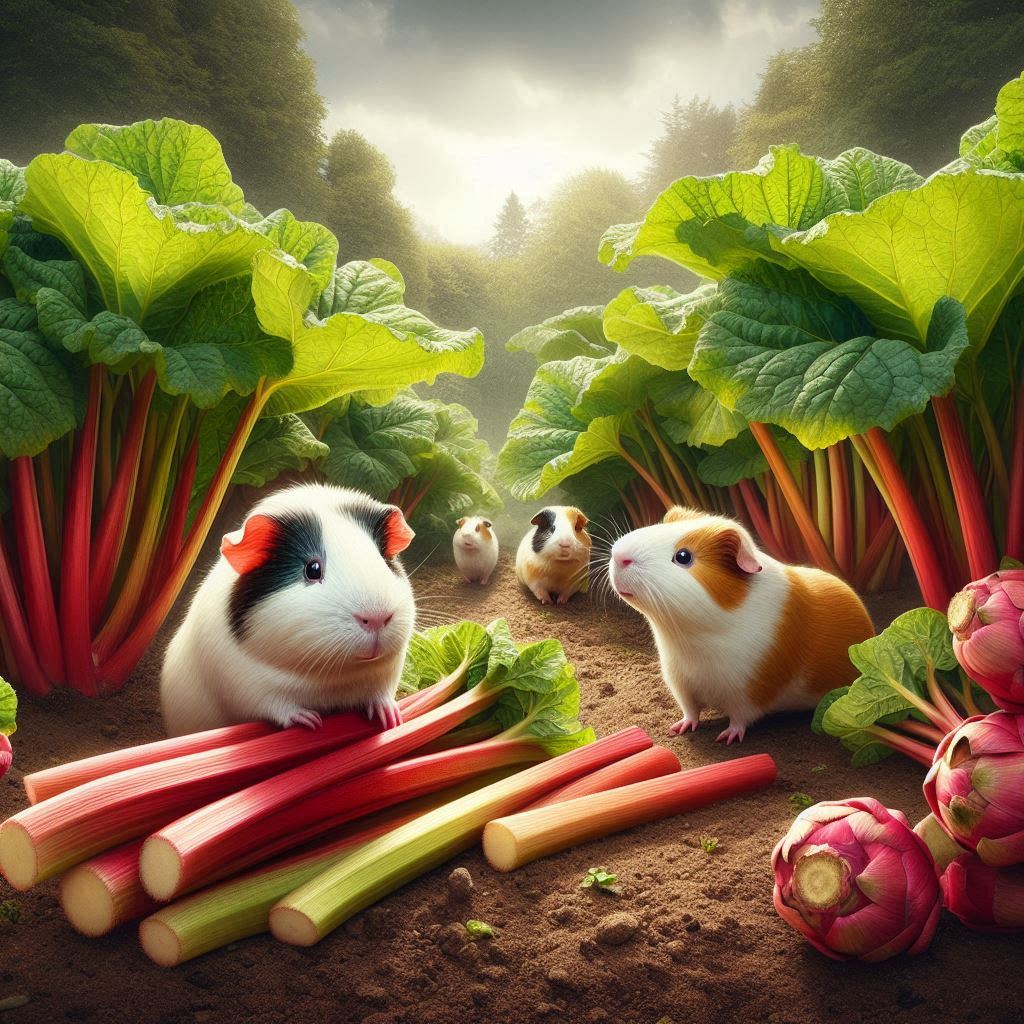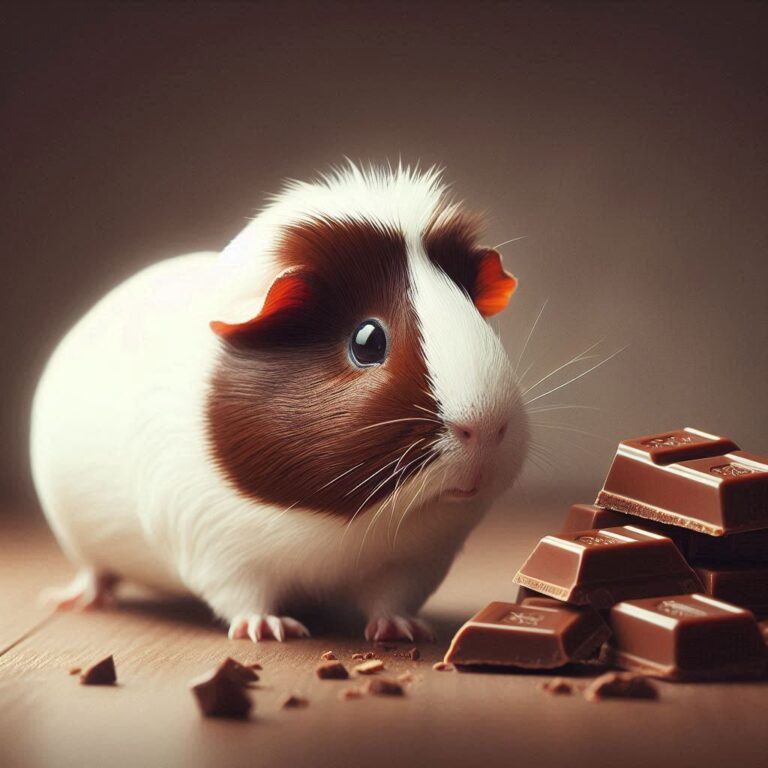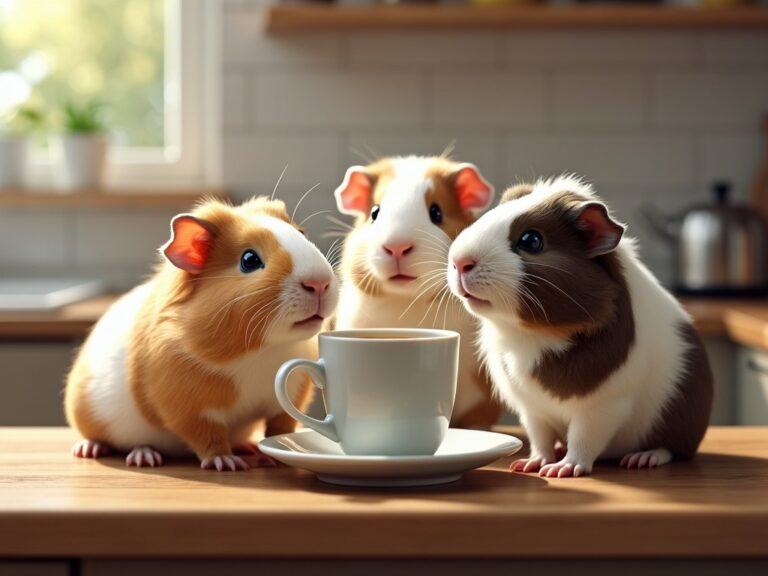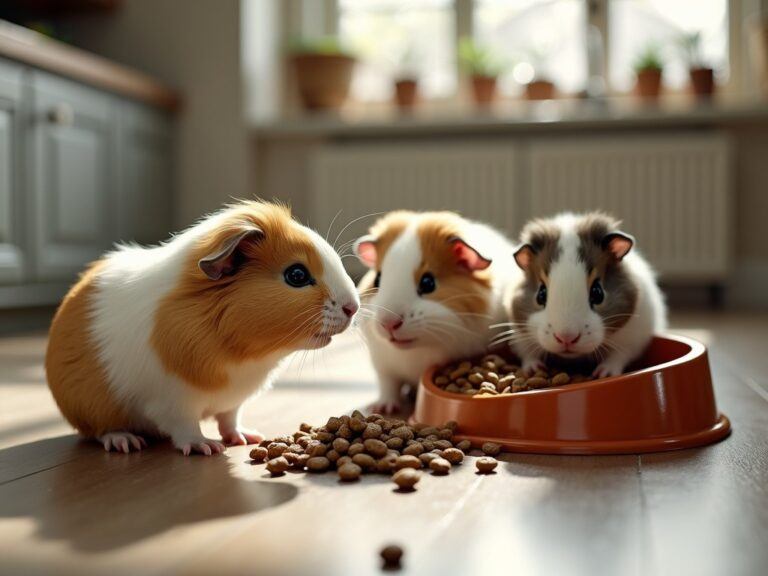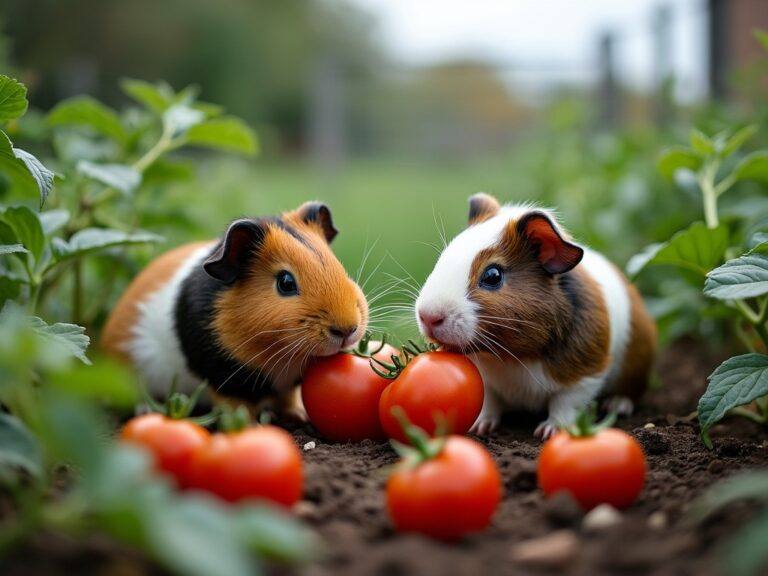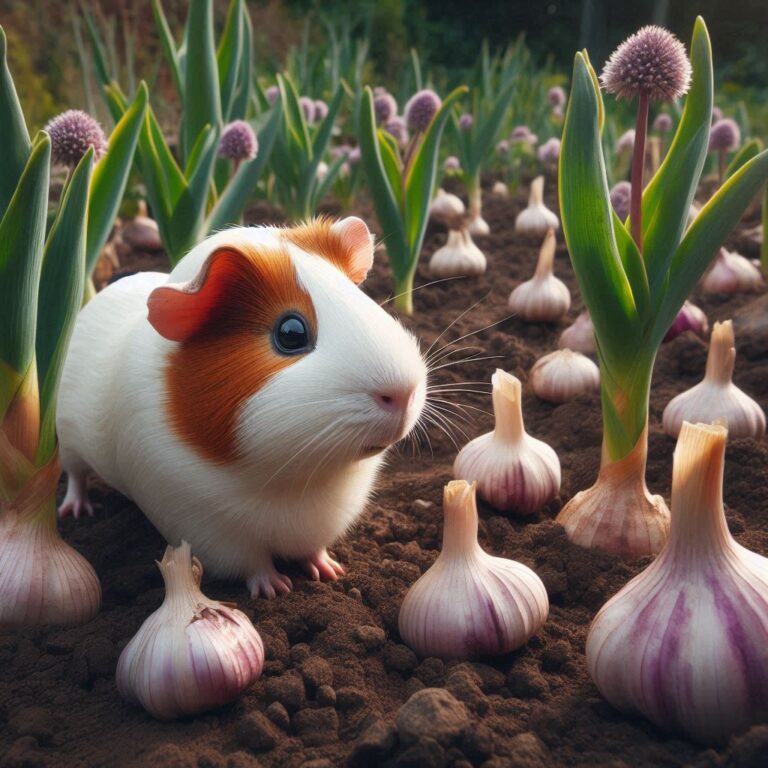Can Guinea Pigs Safely Eat Rhubarb
No, guinea pigs should not eat rhubarb. Both the leaves and stems of rhubarb contain oxalic acid, a compound known to be toxic to guinea pigs. Our furry little friends have specific dietary requirements that are crucial for their well-being, and unfortunately, rhubarb doesn’t fit the bill.
While it might be tempting to offer a variety of foods to your guinea pig, understanding what’s safe and what’s not is key to maintaining their health.
If inadvertently ingested, the consequences can range from mild to severe, impacting their delicate digestive systems negatively.
As responsible pet owners, we need to be informed about the potential harms certain foods can pose to our pets.
In the case of rhubarb, the risks far outweigh any perceived benefits. Keeping this in mind leads us naturally to wonder: what exactly is it about rhubarb that can harm guinea pigs, and what are the signs of toxicity we should be alert to?
Why Rhubarb Poses a Risk to Our Guinea Pig’s Health
For guinea pig owners, understanding the diet restrictions of our furry companions is crucial. Rhubarb, a plant often used in pies and desserts, contains substances that can be harmful to guinea pigs.
The primary culprit in rhubarb that poses risks to guinea pigs is oxalic acid. This compound can lead to the formation of urinary stones which can cause urinary tract issues, including blockages and pain.
It’s not just an upset stomach at stake here, it’s a matter of urinary health.
After ingesting rhubarb, a guinea pig may show certain symptoms that indicate distress. These can include reduced appetite, lethargy, and signs of pain such as squealing or reluctance to move.
Timely identification of these symptoms is significant for our pet’s well-being.
Expanding on the toxicity, not all parts of the rhubarb plant are equally harmful. The leaves contain a higher concentration of oxalic acid and should be considered even more dangerous.
However, I think it’s best to avoid all parts of the rhubarb plant to ensure safety.
Vets consistently warn against the inclusion of rhubarb in a guinea pig’s diet. Consulting an expert in the field, such as a veterinarian, is always a good strategy if you’re unsure about safe dietary options for your guinea pig.
If you suspect your guinea pig has ingested rhubarb, it’s imperative to act swiftly. Contact your vet immediately as timely treatment can make a significant difference in the outcome for your pet.
Safe and Healthy Alternatives to Rhubarb for Your Pet
So, rhubarb is off the menu for your little buddy, but don’t worry. There are plenty of other foods that your guinea pig can eat safely.
A guinea pig thrives on a diet rich in fresh hay, quality pellets, and a variety of fruits and veggies. These are crucial for their digestive health and overall well-being.
Fresh leafy greens like romaine lettuce, kale, and parsley can be great choices.
Introducing new foods to your guinea pig should be done gradually. Too much of a new food too quickly can upset their sensitive stomachs.
I always start with small amounts and observe how they react before making it a regular part of their diet.
And speaking of amounts, moderation is key. Treats should only be a small part of their diet despite how eagerly they might munch on them.
Stick to the 10% rule, treats should make up no more than 10% of your guinea pig’s total food intake.
Always keep a close eye on your pet’s health and behavior, especially when you’re trying new foods.
If you’re ever unsure about what to feed your guinea pig or how much, consult with your vet. They can provide personalized advice that considers your pet’s specific needs.

